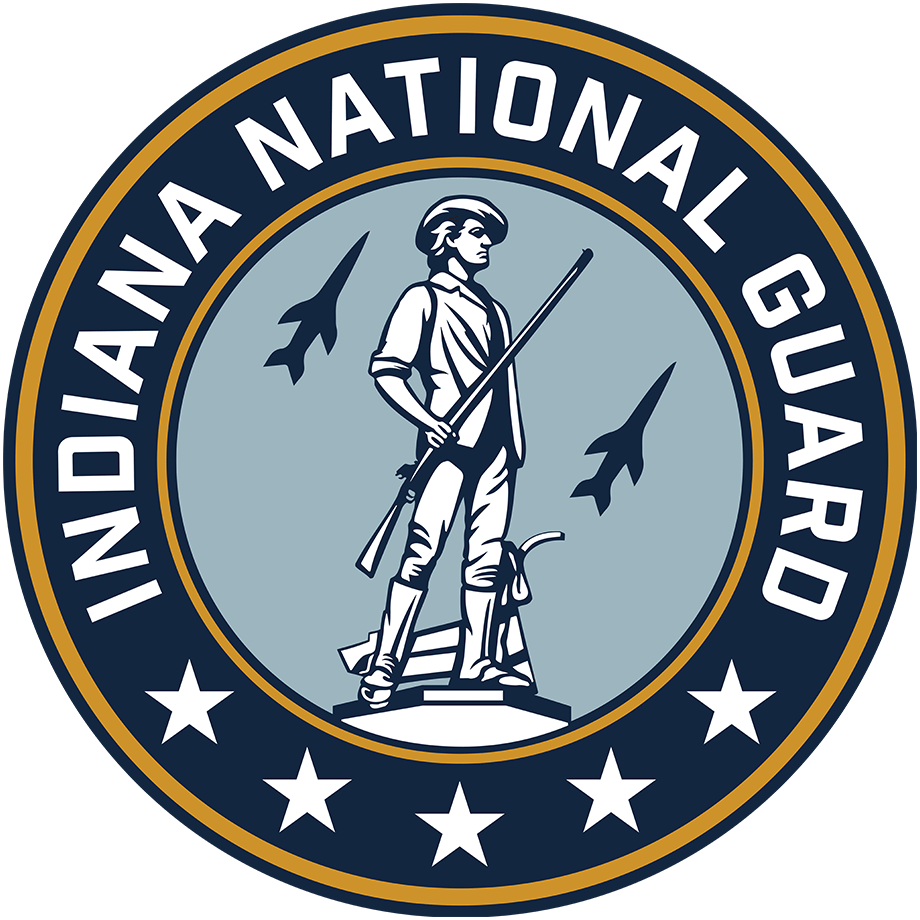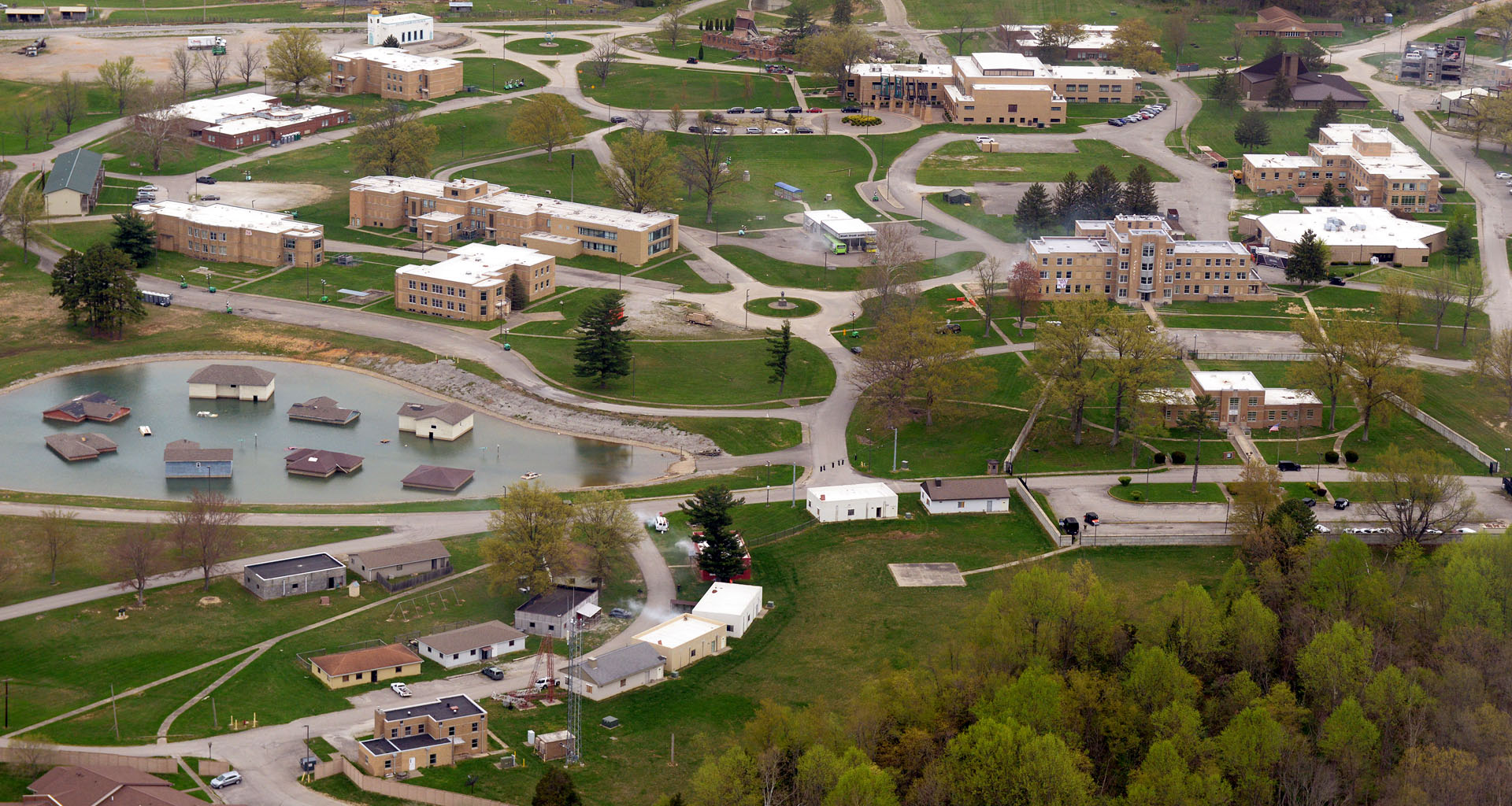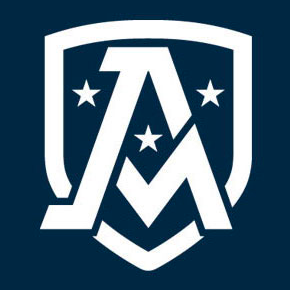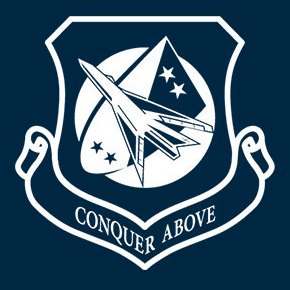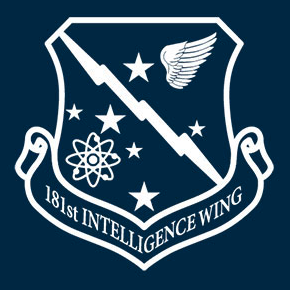History and Museums
History of the Indiana National Guard
The Indiana National Guard can trace its beginnings back to 1801, when the Indiana Territory organized militia companies to defend local settlements. Forefathers of Indiana National Guard’s 151st Infantry Regiment fought with General William Henry Harrison at the Battle of Tippecanoe in 1811. But the founding of militia elements that later came to be recognized as the National Guard of the United States, of which the Indiana National Guard is a part, happened much earlier in our nation’s history.
The National Guard celebrates its birthday every year on Dec. 13. On this date in 1636, the first militia regiments in North America were organized in Massachusetts. The birth of the National Guard's oldest organized units is symbolic of the founding of all the state, territory and District of Columbia militias that collectively make up today's National Guard.
The National Guard pre-dates the United States Army, which was founded in 1775, and all other military forces of the United States of America. The Militia Act of May 8, 1792, permitted militia units organized on that date to retain their “customary privileges.” The Militia Act of 1903, National Defense Act of 1916 and subsequent law extend this provision of the militia act.
The Indiana Air National Guard began on August 1, 1921 with the establishment of the 137th Observation Squadron at Fagley Field in Kokomo. The squadron was redesignated the 113th Observation Squadron on January 25, 1923. The unit relocated to Schoen Field and then to Stout Field, Indianapolis in October 1926.
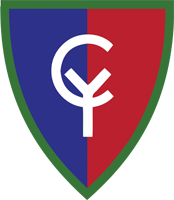
38th Infantry Division History
The original 38th Division was organized at Camp Shelby, Mississippi on Aug. 25, 1917 from National Guard units from Indiana, Kentucky and West Virginia. The Indiana units that formed the 38th Division, including the 137th and 139th Field Artillery Regiments, the 151st, 152nd and 76th Infantry, drew volunteers from existing independent companies all over the state. Chances are, some of the earliest members of the Indiana National Guard came from your community.
Some important events
- The Indiana Legion was redesignated Indiana National Guard on March 5, 1895.
- On April 17, 1918, a tornado struck the 38th ID training camp at Camp Shelby, Mississippi, giving the Division its nickname “Cyclone Division.”
- The 38th ID was drafted into federal service on Aug. 5, 1917 and deployed to France in September 1918 during the closing days of World War I.
- The 38th ID earned the nickname “Avengers of Bataan” from General Douglas MacArthur because of its success in the Battle of Bataan in the Philippines during World War II. The nickname appeared in news articles, and an unofficial tab was made for wear above the Cyclone (CY) shoulder sleeve insignia.
Sources:
Sawicki, James A. Infantry Regiments of the U.S. Army, Wyvern Publications, 1981.
Sawicki, James A. Field Artillery Battalions of the U.S. Army, Centaur Publications, 1977.
Early Indiana Volunteers
Forefathers of the 151st Infantry Regiment fought with Gen. William Henry Harrison at the Battle of Tippecanoe in 1811. In the run-up to the Mexican War, in the summer of 1846, the 2nd and 3rd Regiments of Indiana Volunteers were organized from existing independent companies from across the state of Indiana.
These local militias included the Bartholomew Guards, Brown County Blues, Clay County Volunteers, Dearborn Volunteers, Greene County Volunteers, Hoosier Boys, Indiana Riflemen, Johnson Guards, Lawrence Greys, Madison Rifles, Clark Guards, Monroe Guards, Posey Guards, Shelby Rifles, Spencer Greys, Lanesville Legion, Sullivan Volunteers, Switzerland Riflemen, Washington Guards and Washington Riflemen.
Local militias again reorganized in May and June, 1882, as the 2nd Regiment, Indiana Veteran Legion and 1st Regiment, Indiana Volunteer Legion as the nation prepared to fight the Spanish-American War.
The independent militias forming these regiments included the Carroll Veterans (Delphi); Elkhart Veterans (Elkhart); Evansville Rifles; Hager Veterans (Terre Haute); Howard Veterans (Kokomo); Indianapolis Light Infantry; Jennings County Veterans (North Vernon); Lebanon Rifles; McCune Cadets (Rockville); McKeen Cadets (Terre Haute); Miller Grenadiers (Richmond); Old Wayne Veterans (Richmond); Phil Kearney Veterans (Covington); Pulaski County Blues; Remington Guards; Richmond Light Guard; Sherman Guards (Frankfort); South Bend Light Infantry; South Bend Veterans (South Bend); Tippecanoe Veterans (Lafayette) and the Waterloo Rifles.
Sources:
Sawicki, James A. Infantry Regiments of the U.S. Army, Wyvern Publications, 1981.
Sawicki, James A. Field Artillery Battalions of the U.S. Army, Centaur Publications, 1977.
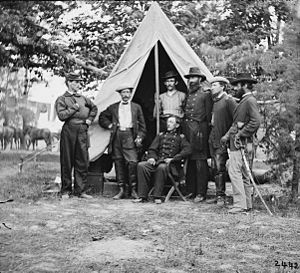
American Civil War
A person reading the historical lineage of the 151st Infantry Regiment will quickly realize the regiment is credited with 24 campaigns during the Civil War. What is not readily apparent is the lineage combines the Civil War accomplishments of the 7th, 10th and 11th Indiana Volunteer Infantry Regiments. … After three years of active campaigning the 7th and 10th mustered out in September 1864, while the 11th remained active to the end of the war, mustering out in May 1865. The accomplishments of each regiment were decisive to the conduct of several campaigns, shaped the successful outcome of the Civil War, and firmly established the reputation of Hoosiers as determined and reliable Citizen Soldiers.
—Maj. Harold “Allen” Skinner, Commander, 138th Military History Detachment. “The Civil War Lineage of the 151st Infantry Regiment” Source: Department of the Army Lineage and Honors certificate of the 151st Infantry Regiment, p. 3.
Additional Resources (PDF)
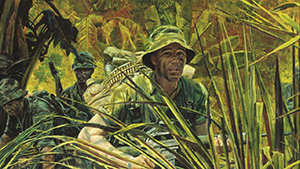
Vietnam War
On May 13, 1968, more than 12,200 Army National Guardsmen in 20 units from 17 states were mobilized for service during the Vietnam War. Eight units deployed to Vietnam and over 7,000 Army Guardsmen served in the war zone.
Company D (Ranger), 151st Infantry, Indiana Army National Guard arrived in Vietnam in December 1968. As part of the II Field Force, the Indiana Rangers were assigned reconnaissance and intelligence-gathering missions.
Operating deep in enemy territory, Ranger patrols engaged enemy units while conducting raids, ambushes and surveillance missions.
“Delta Company” achieved an impressive combat record during its tour in Vietnam; unit members were awarded 510 medals for valor and service.
Source: National Guard Bureau, The Indiana Guardsman, Vol. 6, Issue 2, p. 23. June 2010
Additional information: https://armyhistory.org/company-d-151st-infantry-the-indiana-rangers-vietnam/
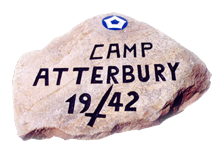
Camp Atterbury History
From the 1970s through the 1990s, the primary mission of Camp Atterbury was to support to the Indiana National Guard and its various missions, including providing support with conflicts in Vietnam, Desert Shield, and Desert Storm.
With a new mission for a new century, and under the tutelage of the Indiana National Guard, Camp Atterbury has found new life as a premiere training and mobilization site in support of U.S. military efforts around the globe. Today, Camp Atterbury continues the mission started in 1942 of preparing America’s troops for service and in this, embodies the installation motto: Preparamus (we are ready).
The Atterbury Rock
The history of Camp Atterbury’s famous rock, which sits at the east entrance to the post, goes back to World War II, when the site was used as one of the nation’s prisoner-of-war camps. In 1943, around 3,000 Italian prisoners of war were held at the post. As reported by The Indianapolis Star on March 1, 2017, a reporter who visited Camp Atterbury during that time described the prisoners as “well-fed, clean, content and probably wouldn't try to escape if they got the chance.” These prisoners, of Roman Catholic faith, constructed their own chapel, and one of them, Libero Puccini, carved the famous rock. During the rock’s unveiling ceremony, it is reported that many of the American officials in attendance were surprised to see the Italian dagger—known since the 15th century as a stiletto, a secondary weapon of knights—had been carved into the stone. After the war, Puccini returned to the United States and became a citizen. He began attending reunions at the post after he was contacted for a 1992 rededication of the Chapel in the Meadow. Puccini died in 2008. He said in an interview: “Everything now is a memory of a momentous past, and I have been quoted as saying that former enemies can become friends. My reality of that concept is my proud citizenship and marriage to a lovely American lady whom I met as a POW. Having resided in the United States for nearly fifty years; I am the proud father of three grown children and six wonderful grandchildren. Coincidentally, one of my sons now serves as a career officer in the United States Armed Services.”
Read up on our history!
About Muscatatuck
On December 13, 1920, the Indiana Farm Colony for the Feeble-Minded opened as the youngest of Indiana’s five mental health hospitals. For 85 years, what would eventually become the Muscatatuck State Hospital and the Muscatatuck State Developmental Center was the home for more than 8,000 clients and tens of thousands of employees making it the largest employer in the area.
In 2005, the 85-year-old Muscatatuck State Developmental Center closed and the land and buildings were signed over to the Indiana National Guard. Utilizing the existing buildings, infrastructure, and road network, the Indiana Guard transformed the 1,000-acre facility into the U.S. military’s largest and most realistic urban training venue.
The Muscatatuck Museum was set up on site as a remembrance to the hospital which came before and to ensure that history is not forgotten.
Read up on our history!
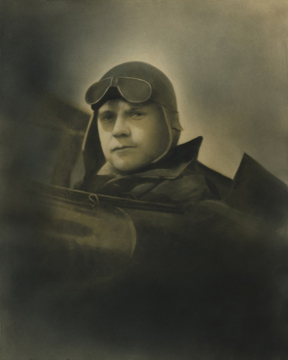
About Stout Field
Stout Field’s history stretches back to 1926, when the city of Indianapolis decided to open a municipal airport on 200 acres under the control of the 113th Observation Squadron of the Indiana National Guard.
In 1929, Stout Field was named to honor Lieutenant Richard H. Stout (left), a pilot of the 113th Observation Squadron. Lt. Stout enlisted in the French Army before the United States entry in World War I. Stout originally served as a driver in the Ambulance Service and was awarded the Croix de Guerre with gold, silver and bronze stars for his bravery under fire. Later, he enlisted in the aviation branch of the Signal Corps. Following the war, Stout was commissioned in the Air Service Officer Reserve Corps, before joining the Indiana National Guard in 1926. He was killed in the crash of his plane on Schoen Field at Fort Harrison, Indiana on October 3, 1926.
By 1928, Stout Field was taken over by the state of Indiana after the city of Indianapolis relocated its airport three miles to the west. The 113th Observation Squadron moved its headquarters from Kokomo and began to improve the airfield. At this time there were few buildings and no paved runways. Throughout the 1930s and early 1940s, improvements were made to include building two additional hangars, a control tower and an administration building. Construction continued even after the 113th Observation Squadron was called to active federal duty in January, 1941.
World War II
During World War II, the Army Air Forces leased Stout Field from the state for $1 a year. By then Stout consisted of 259 acres, four hangars, other buildings and 15,000 feet of concrete runways. Renamed Stout Field Army Air Base, Stout had two key functions. First, it served as the headquarters of the I Troop Carrier Command, which directed glider training activity throughout the United States. Second, Stout Field served as a training base for glider training, C-47 pilot transition training and glider ferrying training. Following the end of the war, control of Stout Field reverted back to the state in 1947.
The first unit to be organized at Stout Field after World War II was the Headquarters, 122nd Fighter Group followed quickly by five more Air Guard units in 1947. Other Indiana Guard units and facilities began to move to Stout Field in the early 1950s. The United States Property and Fiscal Office moved from Fort Harrison to Stout Field in 1951.
Korean War
In 1951, the Indiana Air National Guard was mobilized for the Korean War. Some mobilized units remained at Stout Field during their active federal service tours. All were released from active duty in 1952. Soon after, the Indiana Air National Guard transitioned to jet aircraft thus making Stout Field too small to accommodate the needed longer runways. By 1955, all Indiana Air National Guard units relocated to new facilities at Baer Field in Fort Wayne and Hulman Field in Terre Haute.
Post-War Expansion
During the 1960s, more changes came to Stout Field. The Adjutant General’s staff and office moved from the State Headquarters in downtown Indianapolis to Stout Field in 1964. By 1965, all Army fixed wing operations were moved from Stout and rotary wing operations moved to Shelbyville in 1971.
By the 1980s, the Indiana National Guard Headquarters and USPFO had outgrown their space and needed to expand. Two buildings, the USPFO building and the Headquarters building were constructed in the late 1980s and were dedicated on 6 May 1990.
Modern Era
The Indiana National Guard continued to grow throughout the 1990s and into the 2010s. By 2012, most of the buildings on Stout Field were over 50 years old and could not handle the increased personnel capacity due to the demands on the Indiana National Guard after 9/11. It became necessary to expand the existing USPFO and Headquarters buildings.
The renovation of the joint headquarters began in 2012, and increased the size of the building from 37, 375 square feet to approximately 117,375 square feet. The facility is the home to the Indiana National Guard’s major command units, including the joint headquarters staff, Indiana Army National Guard, Indiana Air National Guard and the 38th Infantry Division Band.
The Indiana State Archives holds military records ranging from the territorial period up to 1988.
Research Indiana Index includes records that can be useful for genealogical purposes, often including a soldier’s biographical details, and records often accessed to provide proof of service for benefits, loans, and military funerals.
Early Military Records Index includes Hoosier soldiers who participated in the Battle of Tippecanoe, the War of 1812 and the Black Hawk War. Officers appointed to the Indiana State Militia during times of peace are also included.
Indiana Muster, Pay, and Receipt Rolls, War of 1812 records are indexed by the Indiana State Library and are available through the IUPUI Program of Digital Scholarship.
Indiana Heraldry
Indiana Coat of Arms
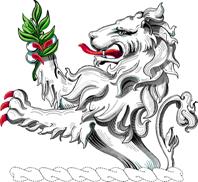
Indiana Crest for Coat of Arms
Indiana Shoulder Sleeve Insignia
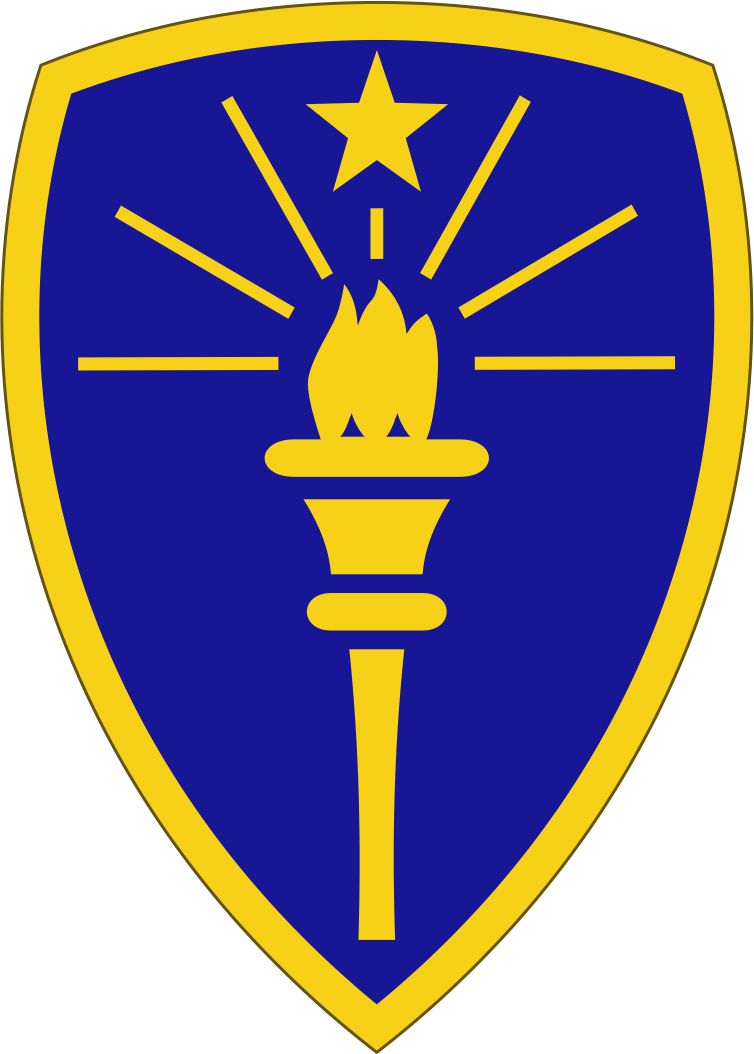
Indiana Shoulder Sleeve Insignia
Indiana Distinctive Unit Insignia
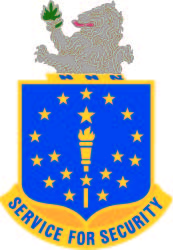
Indiana Distinctive Unit Insignia
Museums and Memorials

The Camp Atterbury Museum is located in the Camp Atterbury Welcome Center on Hospital Road, on the right side of the road just before Durbin Street. Admission to the museum is FREE. The museum can accommodate individuals as well as large groups, tours, student groups and the physically disabled. Access to the Camp Atterbury military base is not required to visit the Camp Atterbury Museum or the outdoor Veterans Memorial located nearby.
The museum’s historical timeline takes visitors on a journey through Camp Atterbury’s storied history, from before it became a military base to the present day. Included in this rich history are artifacts, papers, photographs, uniforms, publications and much more. The museum is a delight to history buffs of all ages.
The Camp Atterbury Outdoor Museum is home to an array of military equipment that dates back to World War II. In addition to the museum, visitors can take advantage of the Camp Atterbury Veterans' Memorial Wall, walk, and reflecting pool. The museum hosts the Annual Veterans' Memorial Commemoration. The memorial is available for use by military units and entities wishing to host official ceremonies and events.
Large groups who wish to tour the museum outside normal business hours may make special arrangements by calling the Public Affairs Office at 812-526-1386. If you are interested in being a museum volunteer, please contact us.
The Camp Atterbury Museum is open:
- Monday-Friday
9 a.m. to 3 p.m. - Saturday
10 a.m. to 2 p.m.
Please contact the Camp Atterbury Community Relations Specialist at 812-526-1399, Ext. 61553 (812-526-1553) to:
- Schedule the outdoor Veterans Memorial outside of normal business hours.
- If you are interested in becoming a museum volunteer,
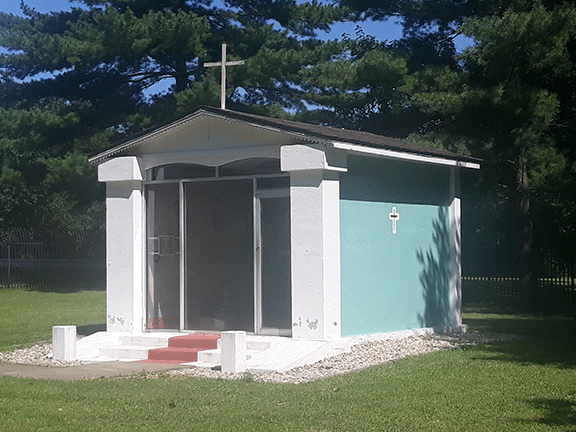
Camp Atterbury POW Chapel
The Prisoner of War Chapel, also called the "Chapel in the Meadow," is a reminder of the rich history of Camp Atterbury and the men from Italy and Germany who were prisoners of war at Camp Atterbury during World War II.
An eyewitness account from that period described the prisoners as “well-fed, clean, content and probably wouldn't try to escape if they got the chance.” These prisoners, of Roman Catholic faith, constructed their own chapel (The Indianapolis Star, March 1, 2017).
Memorial Brick
To order your Memorial Brick for placement in the memorial walk at the reflecting pool, please complete the online Brick Memorial Order Form, print and mail along with your payment. The Camp Atterbury Veterans Memorial Association (CAVMA) works through volunteers to provide direct support to operations and events for the Camp Atterbury Museum. To become a member of CAVMA or to volunteer at the museum, please contact the Camp Atterbury Public Affairs Office at 812-526-1399, Ext. 61386 or ng.in.inarng.list.cajmtc-pao@army.mil.
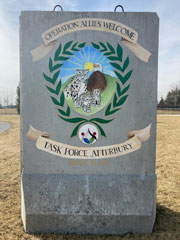
Operation Allies Welcome Memorial
A new mural unveiled at the Camp Atterbury Outdoor Museum was designed to honor the completion of the Operation Allies Welcome humanitarian mission, which provided housing, services and resettlement to more than 7,200 Afghan refugees.
The mural shows a family of snow leopards, the national animal of Afghanistan. The largest leopard looks over two cubs, and the small cub in the center is confidently stepping forward into its future life. A bald eagle in the background watches over the family with care and protection. The wreath of leaves surrounding the leopards and eagle symbolizes peace and prosperity for the refugees as they begin their new lives. The Indiana State Seal inspired the golden rays and green landscape. The two figures joining hands represent Afghanistan and the U.S., and are shown in the colors of each country’s flags.
The mural was painted primarily by Tiffany Black, a local muralist working with the United States Conference of Catholic Bishops, the sponsor of the project, and Fawzia Abdaly, an Afghan guest and artist. The symbol at the bottom of the mural was created by an Afghan refugee, Ramish Salihzai, a visual artist who settled in Georgia. Khalid Rauofi and Firooz Khan Ghaznawi, also Afghan guests, assisted with the painting, and Camp Atterbury Public Affairs guided the design and development of the mural.
The new display is part of the Camp Atterbury Outdoor Museum’s T-Wall, which has an array of military equipment that dates back to World War II, and includes a Veterans Memorial Wall, walk and reflection pond.
The OAW mission started on Aug. 31, 2021, and the final 12 guests departed on Jan. 26, 2022. Approximately 700 of the individuals who resided at Camp Atterbury will make Indiana their final home.
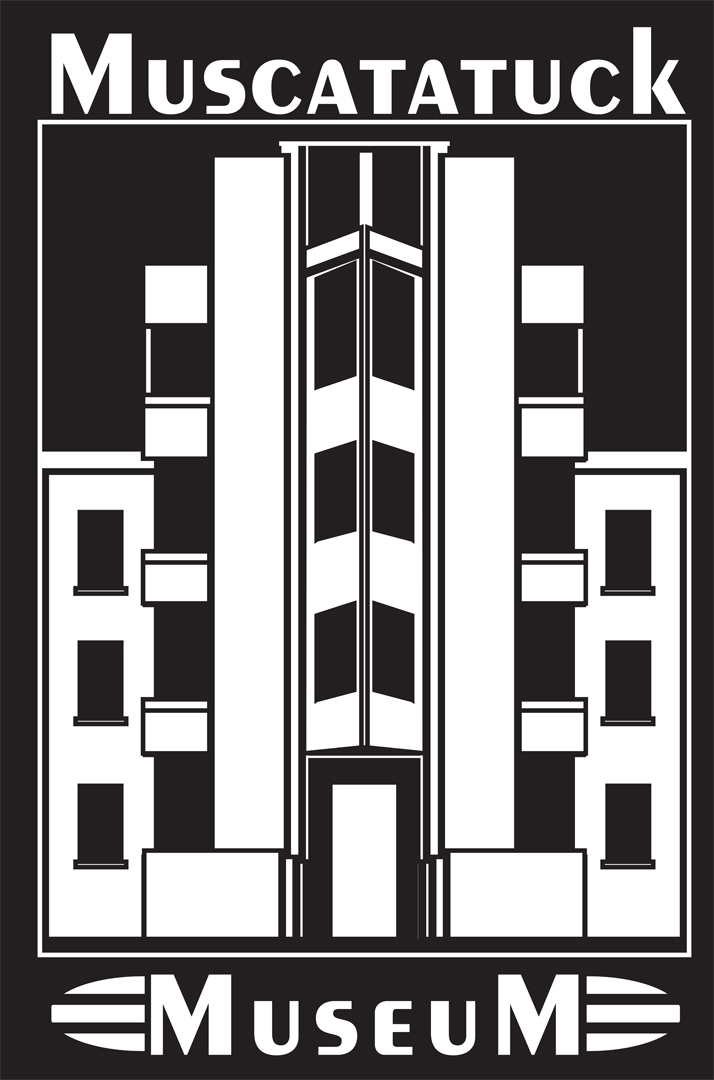
Muscatatuck Museum
When the Indiana National Guard acquired the former Muscatatuck State Developmental Center grounds for use as the U.S. Army’s premier urban training facility, it made a promise to preserve and protect the buildings that make up the Muscatatuck State Hospital Historic District. The Muscatatuck Museum located near Butlerville, Ind., has a rich display of memorabilia from throughout the history of the hospital, dating back to 1919.
- Please call the Muscatatuck Public Affairs Office at 317-247-3300, Ext. 41610, to schedule a visit at the museum, arrange talks to school groups or for more information.
- Hours: Monday - Friday, 8 a.m. to 3:30 p.m.
- Admission is free and all are welcome.
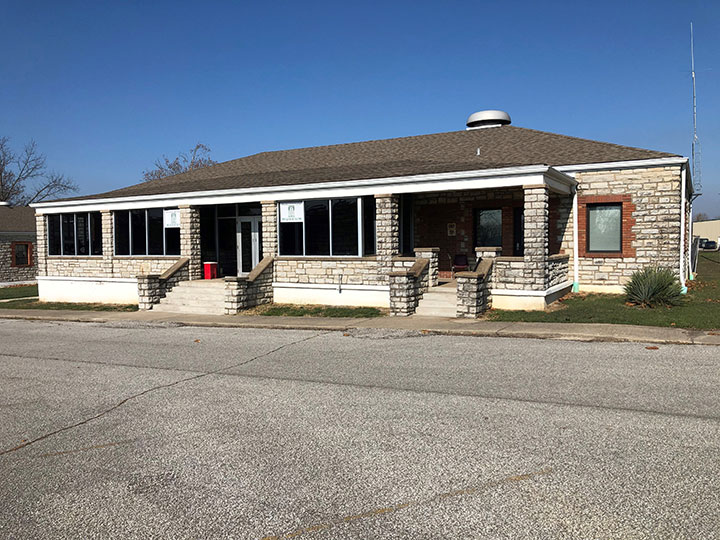
Military Department of Indiana | Indiana National Guard
